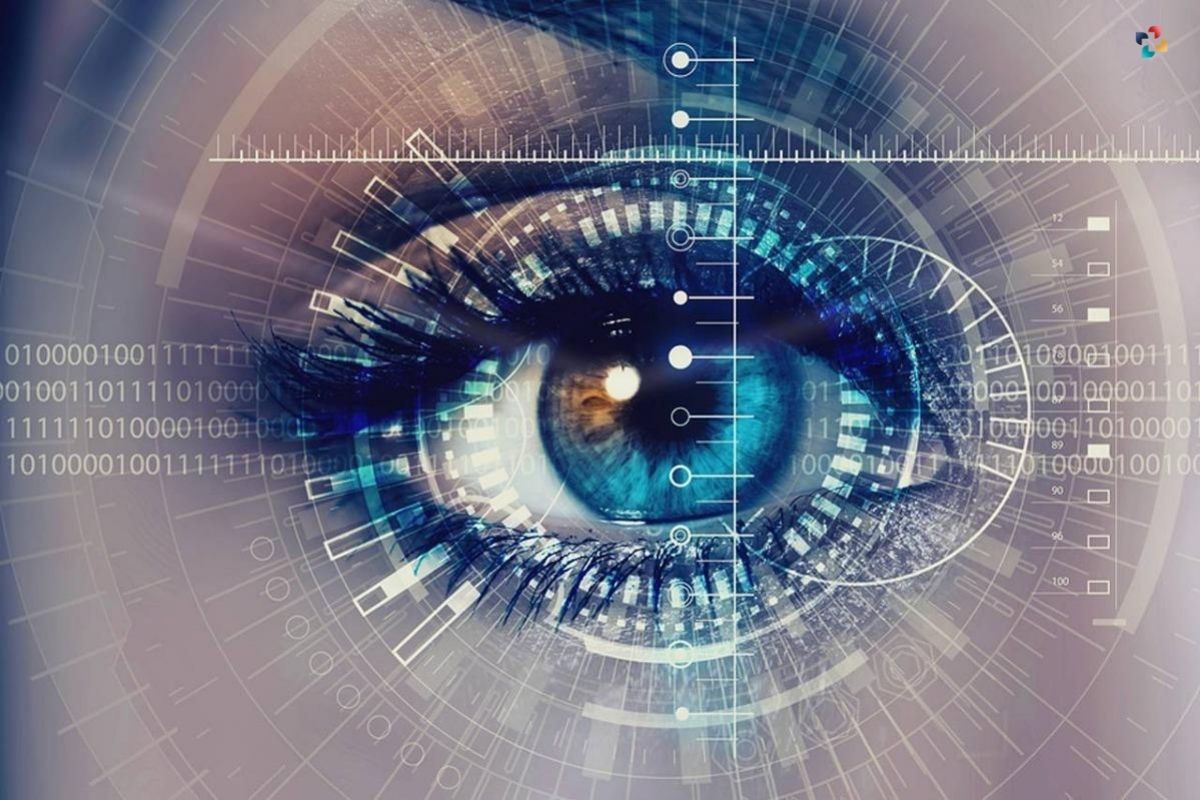Incredible imaging, nanotechnology and microsurgery, artificial retinas, and robotic cataract surgery are just some of the New Treatments in Eye Care that has been made possible by the development of new equipment and procedures. Being an ophthalmologist at ICON Eyecare right now is an incredible opportunity.
As eye care professionals in Colorado, one of our most critical tasks is to evaluate novel methods of diagnosis and treatments in order to provide a timeline for the rollout of these innovations to our patients. There are a lot of exciting prospects in the field of eye care that we are keeping an eye on and want to see in the future:
Here are 12 New Treatments in Eye Care:
1. Advanced Imaging
New Treatments in Eye Care technology give your eye doctor a comprehensive view of the inside of your eyes, including cross-sections of the retina and the head of the optic nerve.
2. Robotic-assisted microsurgery

Microsurgery with the assistance of a robot, in which an experienced surgeon utilizes very accurate instruments to achieve extraordinary outcomes treatments in eye care.
3. Artificial retinas
Electrodes might be implanted in New Treatments in Eye Care artificial retinas to replace the natural sensors at the back of the eye, which are lost due to conditions such as diabetes and macular degeneration.
4. Retinal Gene Therapy
There are inherited retinal diseases (IRDs) that can be treated using gene therapy for the retina, and these New Treatments in Eye Care are now accessible. A competent diagnosis is necessary before beginning therapy.
5. Optic Nerve Regeneration
Regeneration of the optic nerve, with the goal of repairing the damage caused by untreated glaucoma, injuries, and genetic diseases.
How Laser Eye Surgery (Lasik) is Performed?
6. Brain Implants
Implants in the brain might give rudimentary vision to the blind, providing an alternative to using technology in place of the eye. If it is given enough information to work with, the strong visual cortex is capable of doing an incredible job of deciphering even the most fundamental visual information.
7. Smartphone retinal imaging
Eye care imaging of the retina on smartphones also brings diagnostic tools to patients without requiring them to go to a clinic. It enables imaging of the fundus, which is located at the back of the eye, which enables eye care doctors to work remotely and provide a more comprehensive eye exam.
8. Wavefront aberrometry
Wavefront aberrometry, which is already accessible, offers a method for diagnosing visual impairments in patients without requiring a great deal of involvement on their part verbally. It is a wonderful option for those individuals who are nonverbal or undergoing dementia, and it enables clearer diagnosis for disorders that are more complicated.
9. AI-based screening
Screening for diabetic retinopathy using AI is also now in the process of being made available to practitioners. It is one of the numerous artificial intelligence-based assistants that are used for the identification of illnesses throughout the body.

Such as breast and lung cancer, which depend on a physician’s careful interpretation of complicated imaging data. When given massive amounts of data, AI-based systems can recognize trends that may suggest issues, therefore giving the physician assistant.
10. Nanotechnology
The ability to measure eye pressure in New Treatments in Eye Care, help in recovery after glaucoma surgery, and cure retinal degeneration are all possible thanks to nanotechnology, which delivers diagnostic tools and healing within the eye.
11. Computer-assisted laser cataract eye surgery
The corneal incision, capsulotomy, and lens fragmentation steps are all performed by a computer-guided laser that is linked to an optical imaging system (such as OCT) in treatments in eye care. This changes the requirements associated with traditional techniques by eliminating the need for blade incisions and reducing the amount of time and energy that is required for phacoemulsification.
12. Improved two-laser (bladeless) LASIK vision correction
Bladeless LASIK, also known as all-laser LASIK, is one of the newer forms of the standard LASIK treatment that is gaining popularity. As technology advances, additional devices are added to the traditional LASIK technique and New Treatments in Eye Care.

In bladeless LASIK, an incision is made in the cornea using a laser rather than a blade, and the blade itself is not used at any point throughout the treatment. Although not all studies have convincingly revealed different differences between standard and bladeless LASIK, this may shorten the amount of time needed for the patient to recuperate.
- Nanotechnology
- Retina
Bottom Line
The life sciences industry and all the sub-fields are scaling to new heights, thanks to continuous advancements. The field of optometry is evolving too with new treatments being added continually. As this evolution to the new tomorrow is progressing, it is important for practitioners to stay ahead of the changes in eye care. This will allow optometrists to have a larger scope for their treatments and also increase their efficiency.







